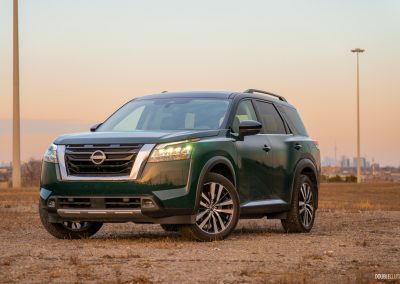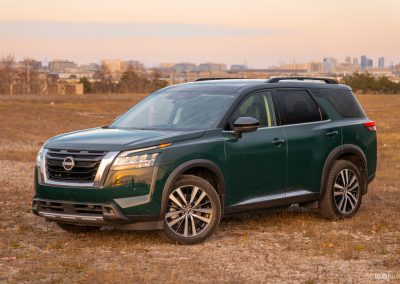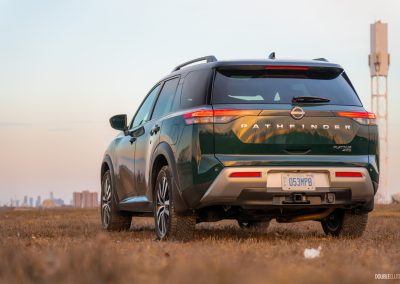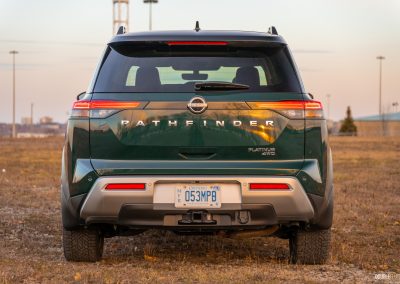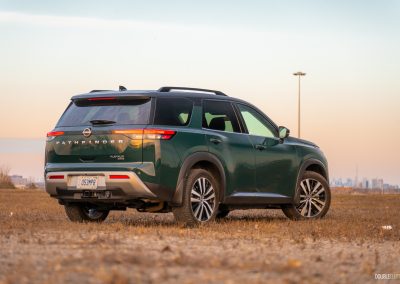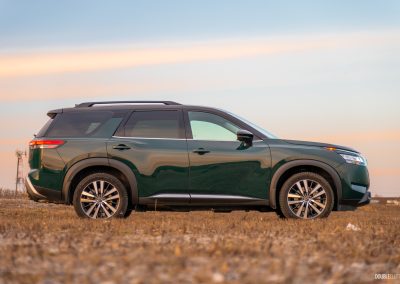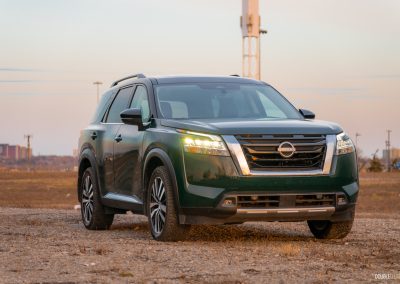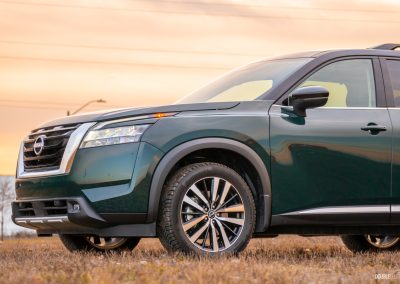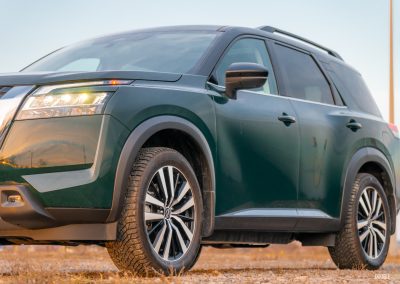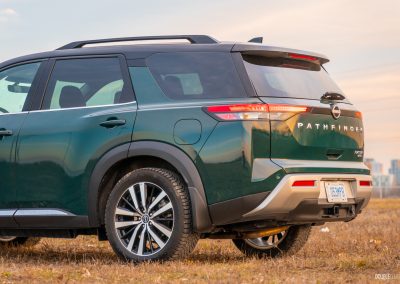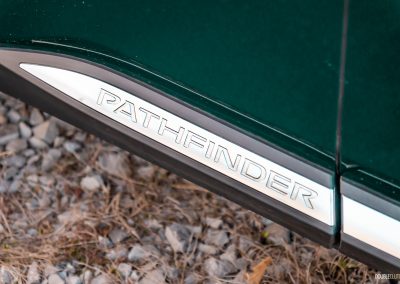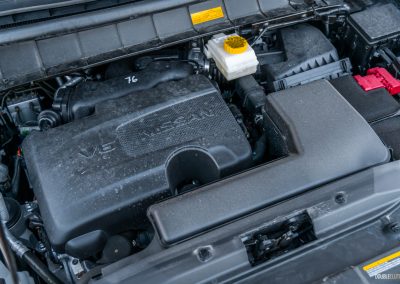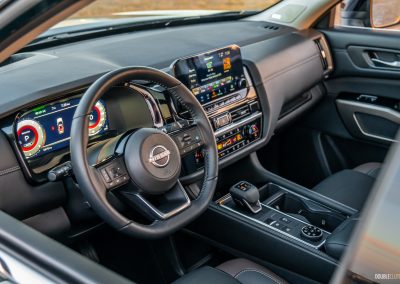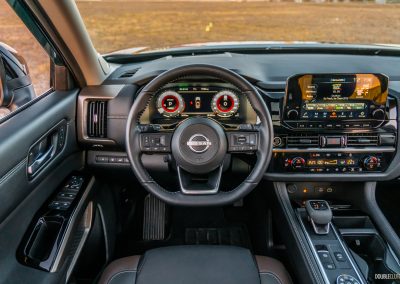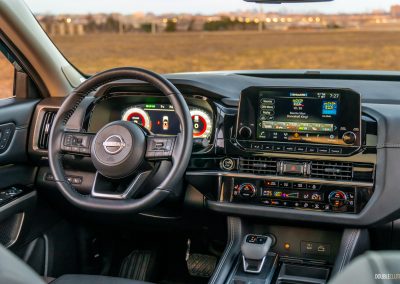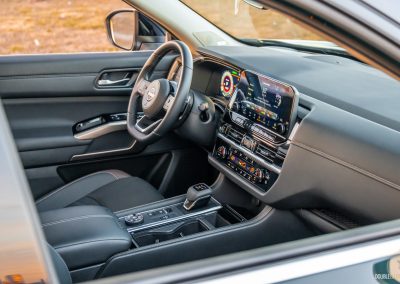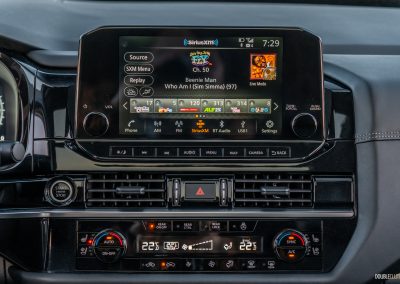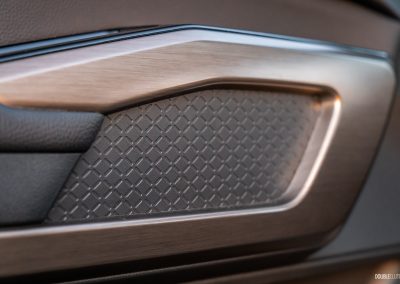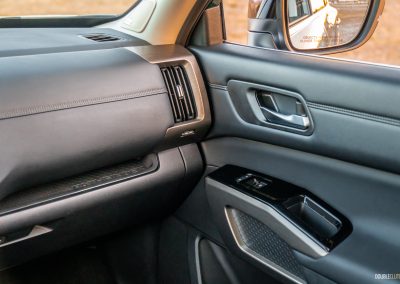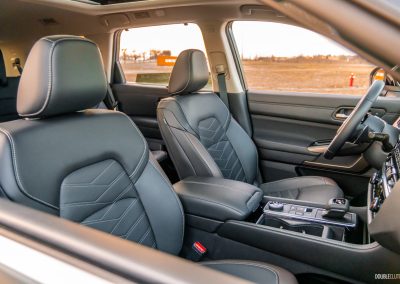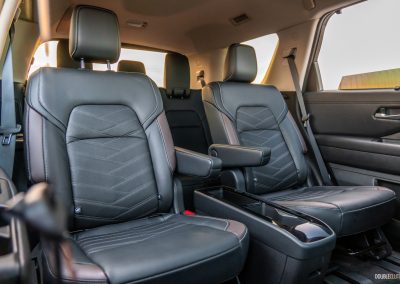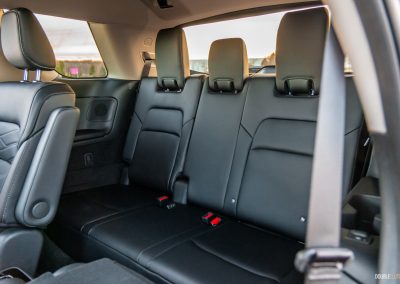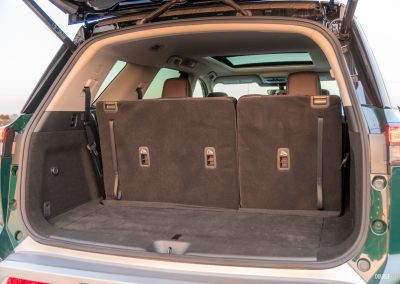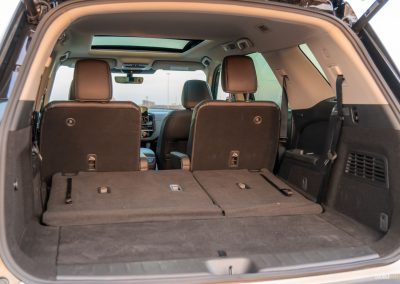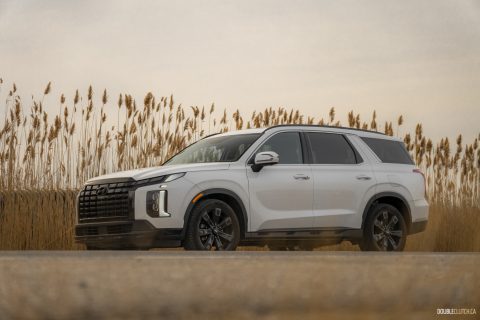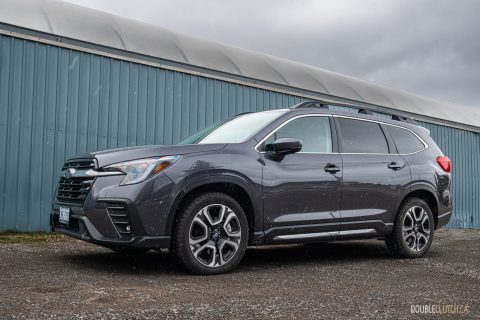I was sitting in traffic in the 2024 NIssan Pathfinder Platinum, listening to a very drunk man on the radio explain that “perception is reality, dude.”
It dawned on me that he’s right. The way we perceive things is startlingly strange, if you think about it. We all have our versions of reality based on what we perceive, and because of how inconsistent perception is, something as concrete as reality can be surprisingly malleable. It’s my reality, for example, that Samsung makes good phones, but it’s entirely possible you’ve had enough differing experiences (or believed enough second-hand accounts) that have shaped your perception in the opposite way. Therefore, your reality — your version of what is real and knowable — is, in a small way, fundamentally different from mine.
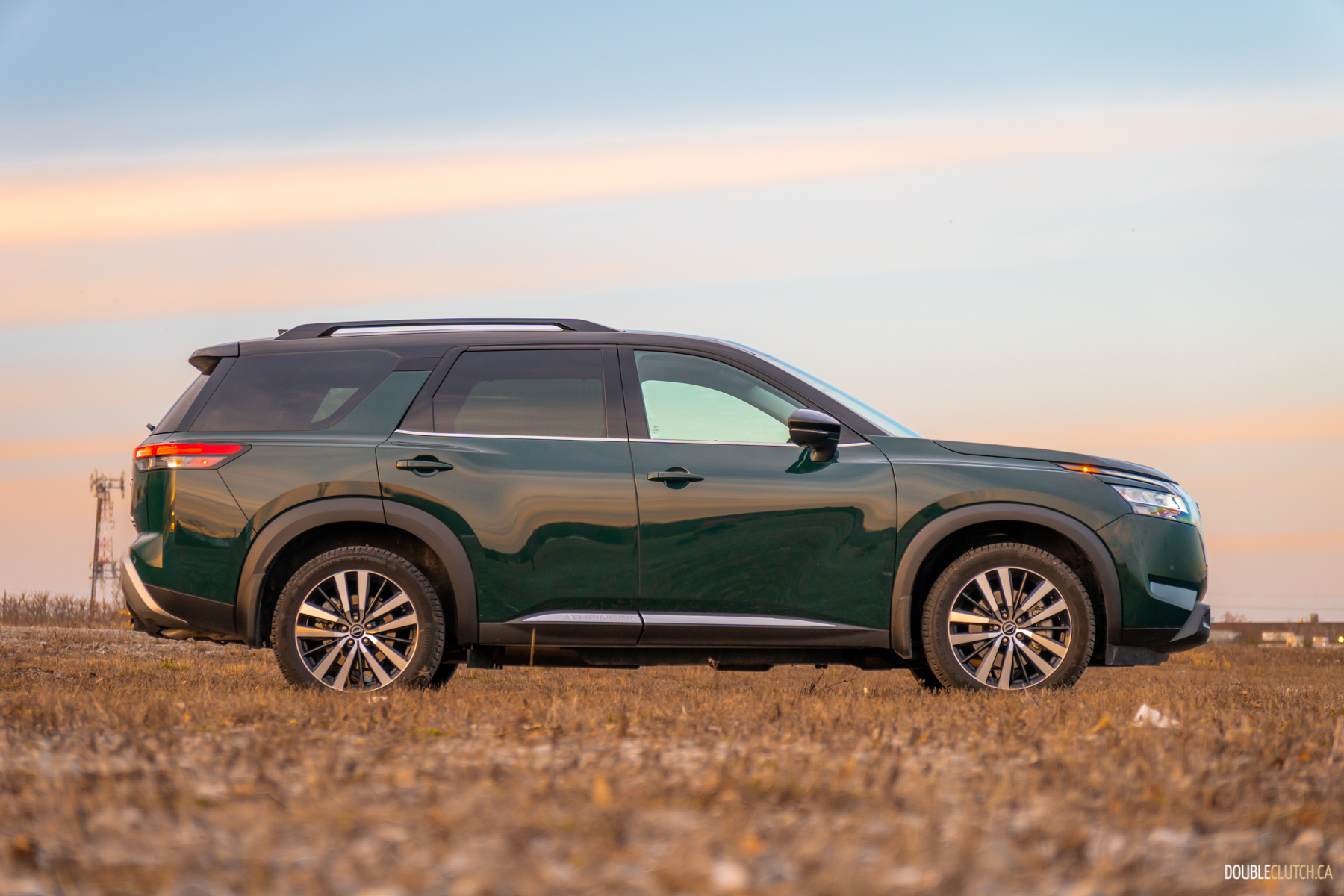
What muddies things even further is how our perception can change within ourselves so much, even day-to-day. I used to be repulsed by oysters, until one day it clicked — I perceived them differently, and now I love them. We all have experiences like this. I say all this because the screaming hot three-row crossover segment is flooded with a bunch of vehicles that are pretty much all excellent. They are, for the large part, all very similar, with similar dimensions, powertrains, price points, and similar feature sets hitting all the same items on a spreadsheet. There are slight variations between them, but the biggest variable is how those slight variables influence our perception of them, based on what jives with our version of reality.
I, for one, subscribe to the idea that there is no replacement for displacement. As such, I tend to value a simpler, larger engine over the smaller, higher-strung units that are becoming ubiquitous in everything. So, Nissan still using a naturally aspirated V6 in the Pathfinder gives it a significant bump in my books. Some might ding it for a living fossil of an engine — and they’re not wrong; Nissan’s VQ-series V6s are old enough to buy booze — but it doesn’t take away anything. With 284 horsepower and 290 pound-feet of torque, it’s plenty to hustle the Pathfinder and tow 6,000 pounds — more than most in its class. Moreover, it’s more linear, more natural, and sounds way better than the new crop of turbo-fours, all while using about the same amount of fuel. I averaged 11.2 L/100 km combined in my week with the Pathfinder.
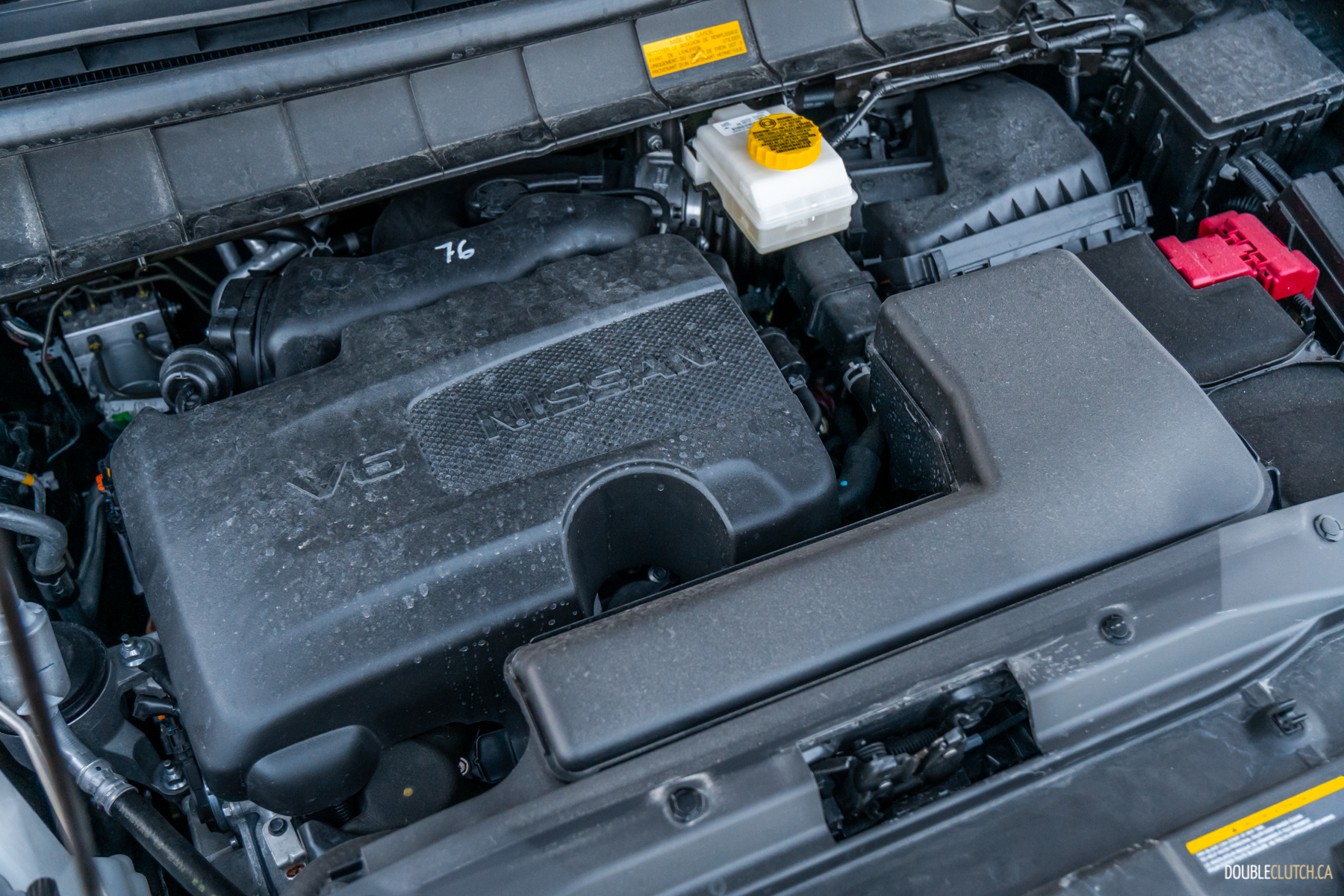
I also dislike continuously variable transmissions, like, a lot. This has negatively coloured my opinion of a lot of Nissans for a long time because they were among the first to adopt CVTs, and Nissan used them in nearly everything they made for a long time. This generation of Pathfinder marks a departure from that decision, using a nine-speed automatic developed by none other than ZF, a German firm that currently makes what I perceive to be the finest gearboxes on Earth. [If you’ve listened to even one episode of the podcast, you’d know Nathan never shuts up about them. —Ed.]
It’s not quite as bewilderingly brilliant as the ZF eight-speed used in just about every BMW, a handful of Stellantis products such as the Jeep Grand Cherokee and Ram 1500, and most JLR products including the F-Type, but it’s very competent, dutifully doing what every automatic should be able to: disappear. Like good interior design, you shouldn’t notice it working, it should just work and not make itself known. The Pathfinder’s nine-speed automatic’s slick action and smart-enough internal logic avoid ire.
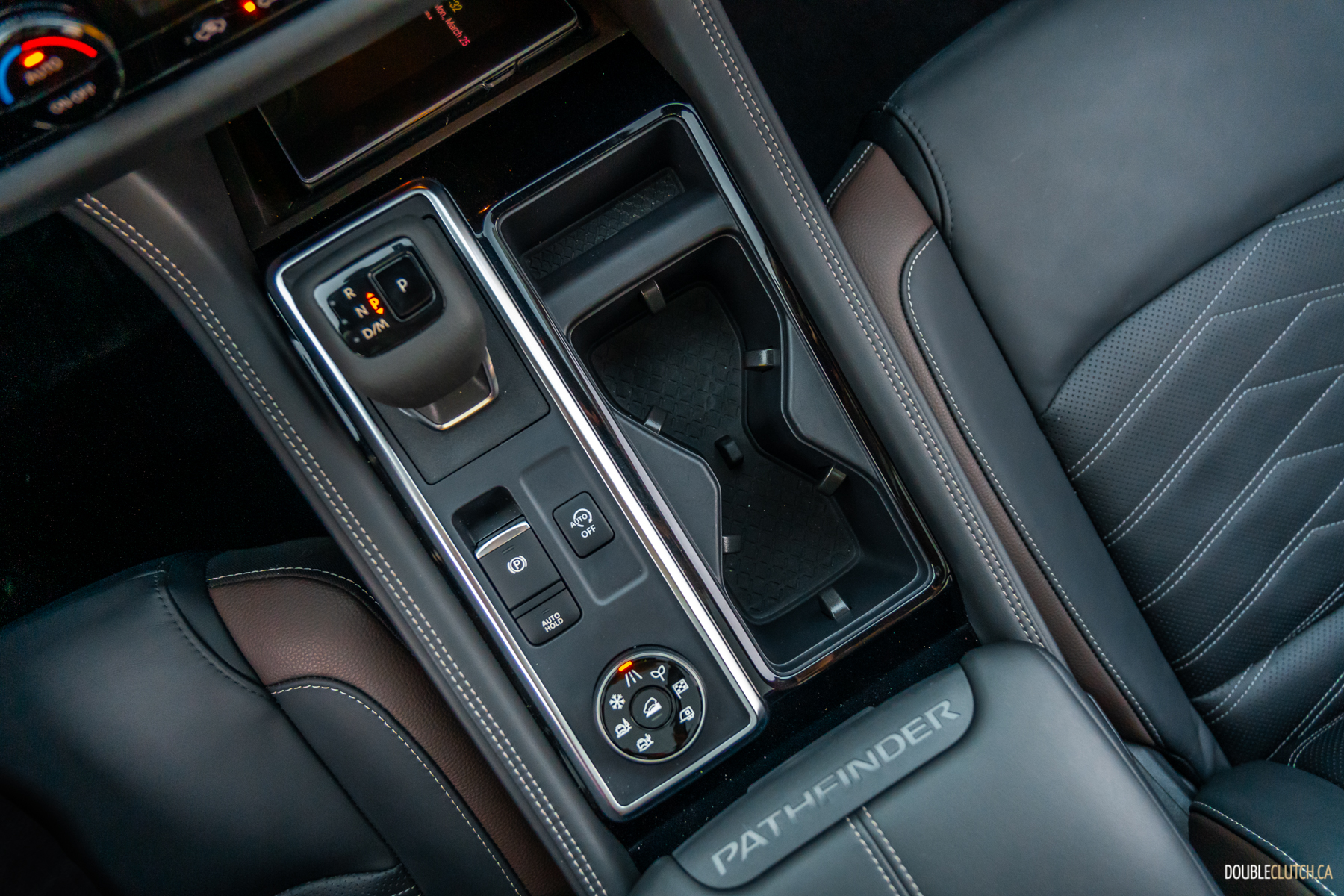
Speaking of interior design, the Pathfinder — especially on this loaded Platinum model — is impressive in its excellent use of materials and ergonomics. To be clear, the nine-inch touchscreen running Nissan’s latest infotainment is still far from being the most attractive interface on the market, but it looks and functions miles better than before on this sharp and snappy new hardware. It also bears mentioning that it’s brain-dead easy to use, while still packing a hearty amount of functionality and customization. It includes wireless Apple CarPlay and Android Auto connectivity if you’re really not a fan of Nissan’s simple aesthetics, and would rather substitute your own.
The rest of the interior design is fairly simple, too, but far from stark. The dashboard takes on a squared-off motif emphasizing the Pathfinder’s utilitarian nature, but it’s wrapped in soft French-stitched leather to spruce things up, along with subtle ambient lighting and small touches of metallic trim. There’s lots of storage space in the centre console and door pockets, and the generous smattering of buttons and knobs are all clearly labelled and intuitive. My only gripe is that said buttons are all finished in a fingerprint-attracting piano black, but there are worse problems to have. Frankly, I’m thrilled to have a tuning knob at all.
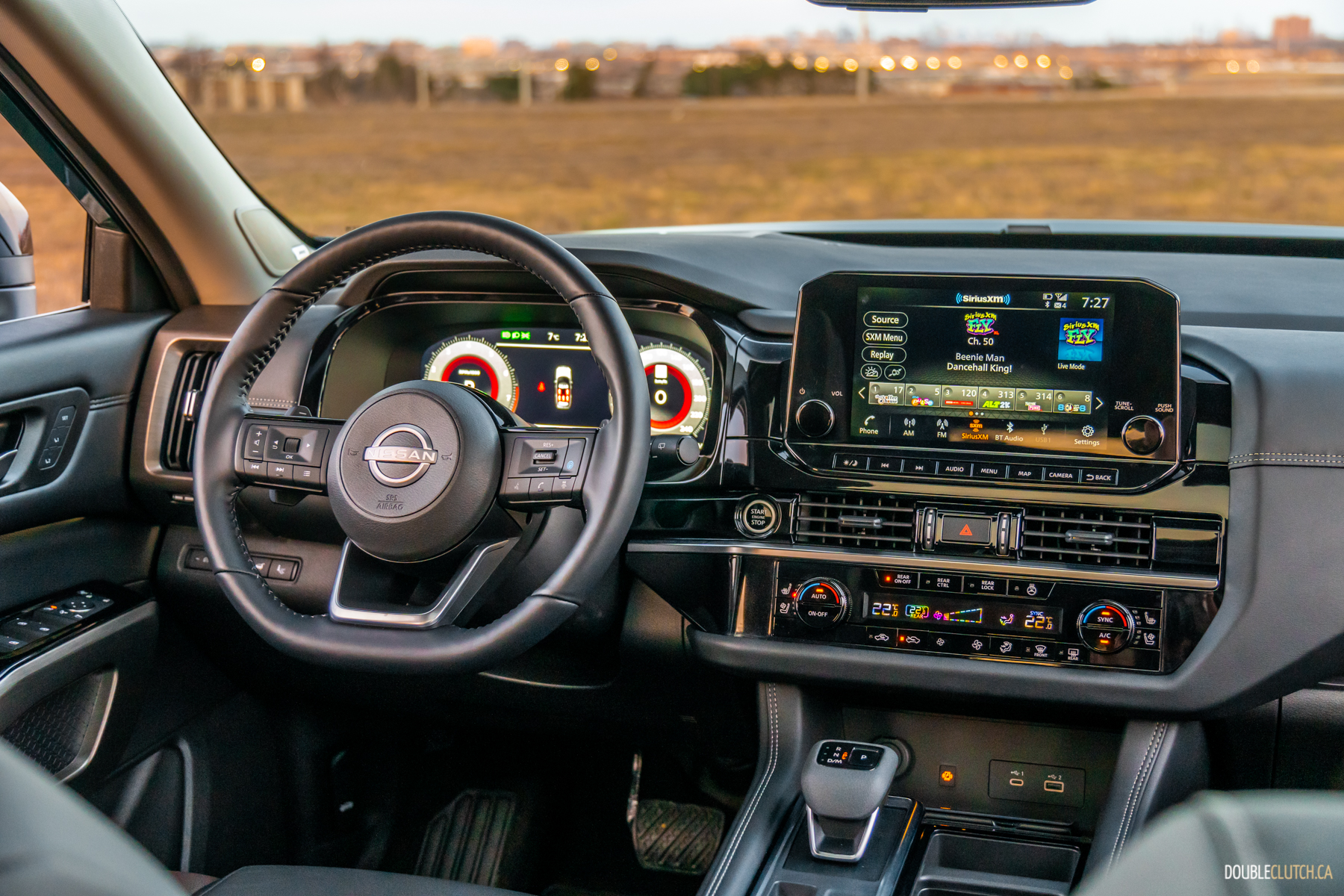
Sure, other manufacturers do specific things better, but I think the Pathfinder really excels at overall perceived quality and ease of use. Perhaps this is too “inside baseball” for some readers, but the vehicles we test sometimes live hard lives despite the mileage. After a few thousand kilometres on the press fleet, this can really start to show, but we picked up the Pathfinder on our first day with 5,600 kilometres and it still looked and felt brand new. The leather on the gorgeous seats is still tight and free of creasing, and the steering wheel feels uniquely nice in the hand. You spend a lot of time handling a steering wheel; this is a key touch point that goes a long way towards shaping perception, and Nissan nailed it.
Beyond that, the Pathfinder is just a nice place to spend time. The seats are typically Nissan terrific, and it’s very well isolated from the world around you, from both unwanted noise and unloved pavement. There’s no pretense of sportiness here; the Pathfinder rides soft, the steering and brakes are relaxed, the powertrain prioritizes smoothness, and I’m very OK with all of that in this application. This is meant to be a comfortable, practical utility vehicle that’s easy to drive and live with, and it succeeds in spades. A robust suite of safety and driver assists includes one of the better adaptive cruise and lane-centering systems on the market, making this even easier still to perceive being a part of your life.
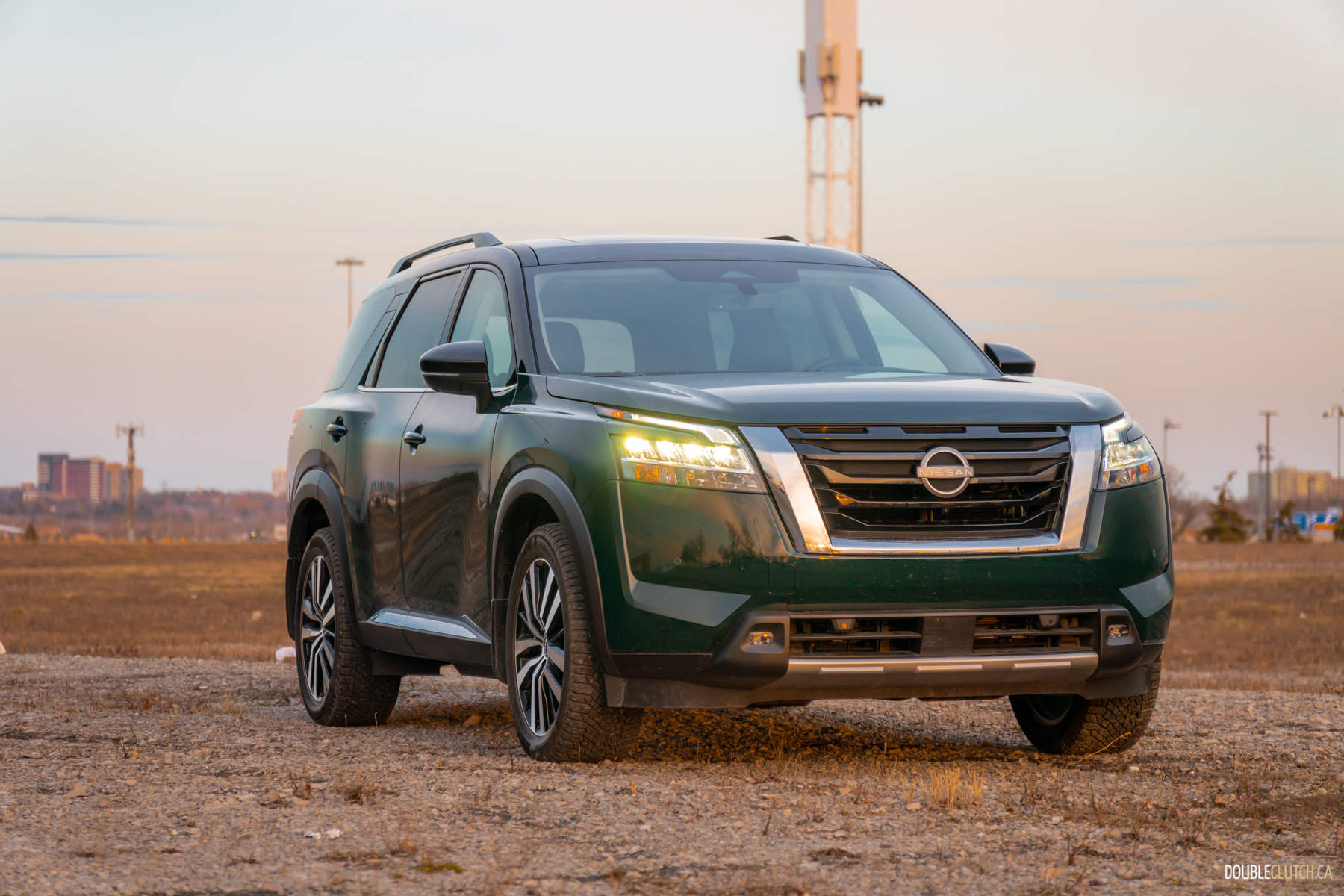
There are other SUVs that do some things better. The Mazda CX-90 feels more special, the Toyota Grand Highlander is much larger, and the Honda Pilot offers a similar mix of creamy engine and cohesive design, but the Pathfinder hits all the points that I perceive to be important. It has a proven powertrain, a well-crafted cabin, handsome style, and an honest on-road demeanour that isn’t trying too hard to be something it isn’t.
Most importantly, the 2024 Nissan Pathfinder Platinum does it all for $58,090 as-tested — considerably less than the sport-utes I just mentioned. That’s hard to perceive as anything but a win, at least in my reality.


